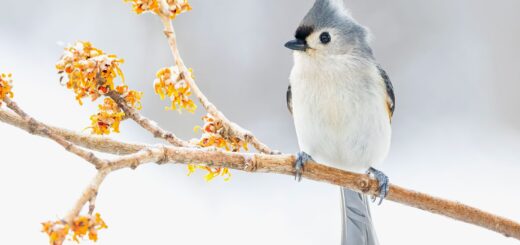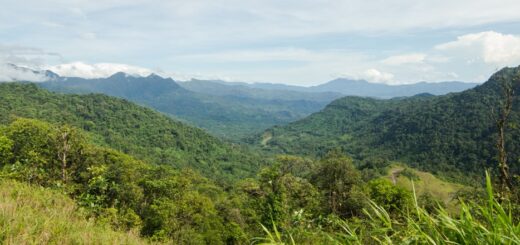Throughout the Tropics, a Troubling Echo of North America’s Chook Declines | Dwelling Chook
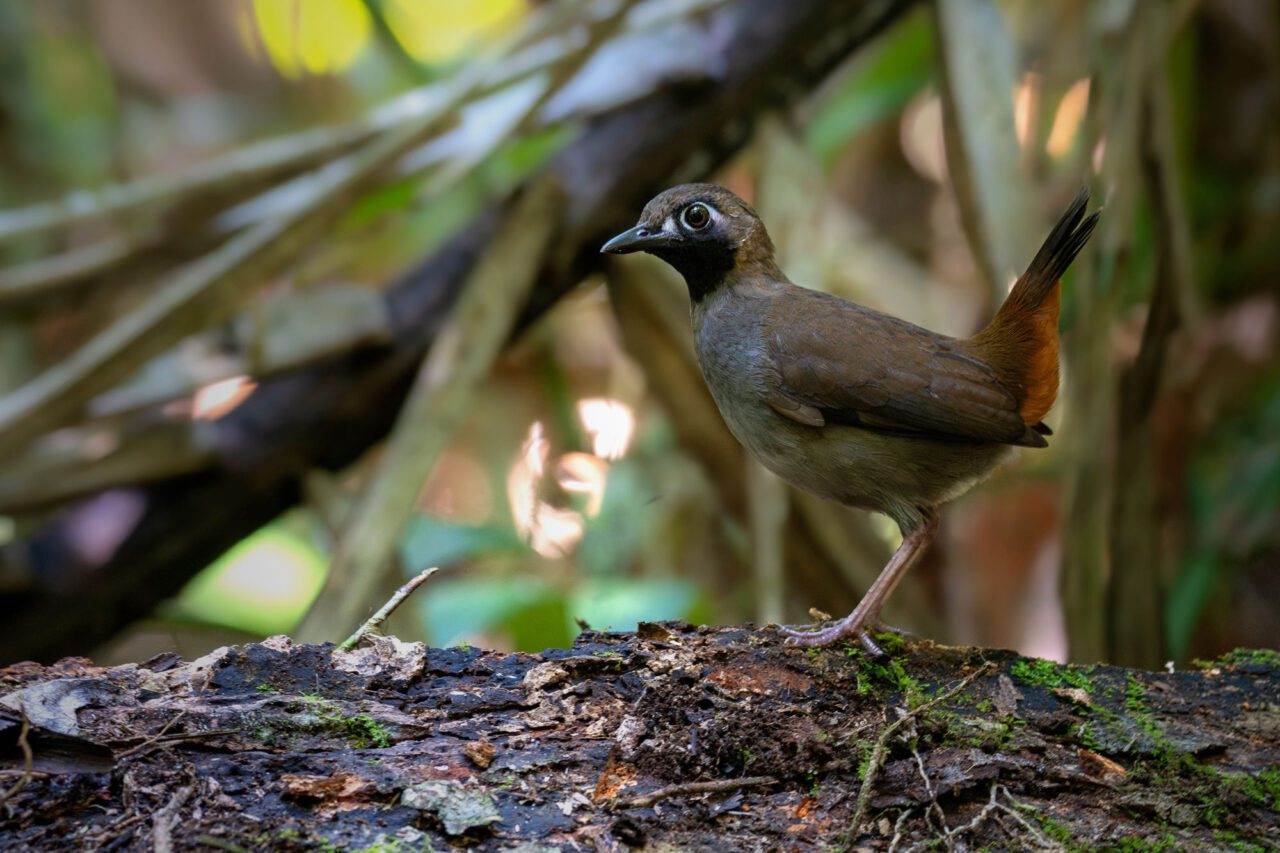
From the Autumn 2024 topic of Dwelling Chook journal. Subscribe now.
In 2001, two ornithologists—John Blake and Bette Loiselle—headed deep into the Ecuadorian Amazon. Getting there required a day’s prolonged trek down the Napo and the Tiputini rivers into the heart of Yasuní Nationwide Park and the Tiputini Biodiversity Station.
“The boat journey was in all probability probably the most exhilarating experience,” recollects Loiselle. “The realm was so filled with birds and monkeys hanging from the bushes.” Sounds from antbirds, antthrushes, and leaftossers crammed the air at Tiputini. Virtually far and wide they went they could hear the slowly accelerating assortment of gap notes of the Striated Antthrush and the clear whistle, then stuttering trill, of the Black-faced Antthrush. Better than 500 fully completely different chook species have been historically documented on this forest.
The duo, now every professors inside the Wildlife and Ecology Conservation division on the Faculty of Florida, have returned to the realm yearly for higher than twenty years to check in on the chook populations. Nevertheless starting spherical 2011 or 2012, points started to change.
“We started listening to fewer and fewer birds,” says Blake. “We used to hearken to the diagnostic monitor of the Striated Antthrush frequently, nevertheless now they’ve primarily disappeared.”
“It started to get a bit depressing to have a look at the birds decline,” says Loiselle.
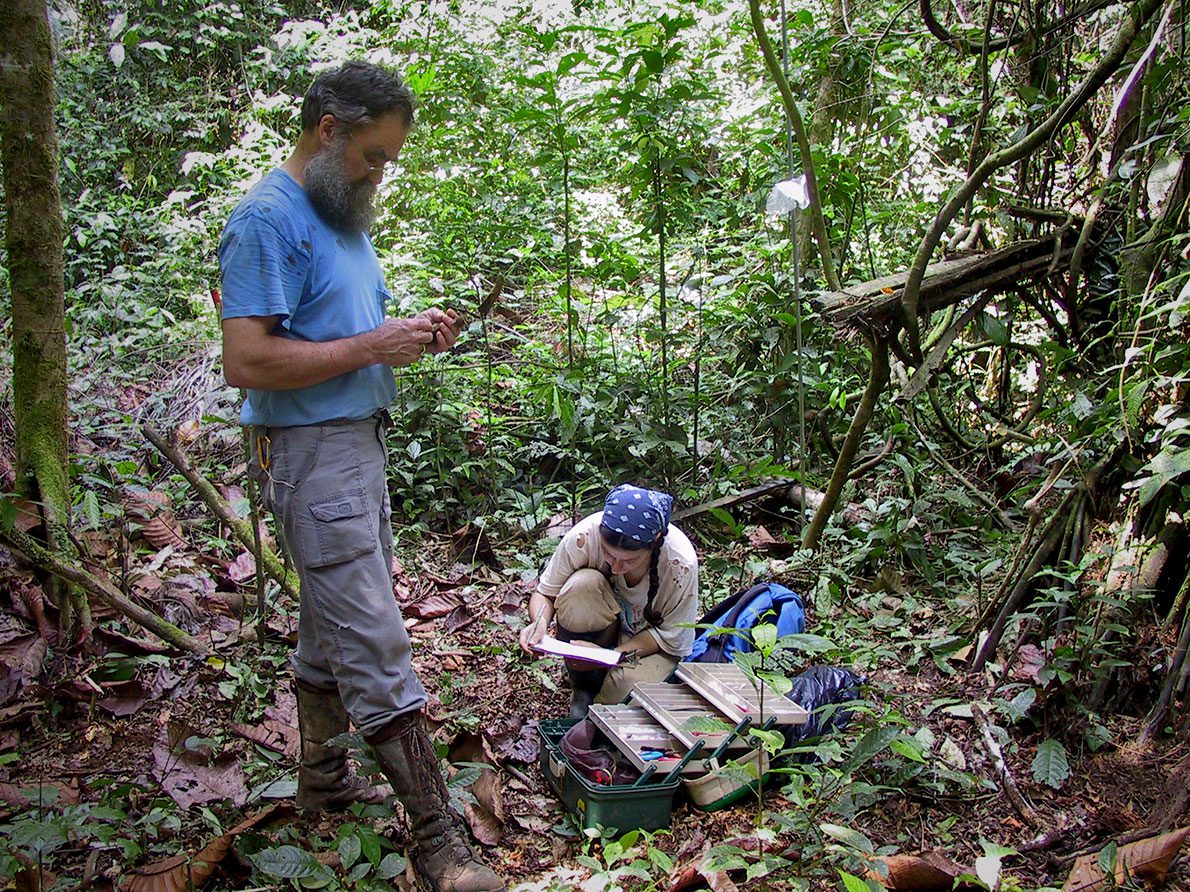

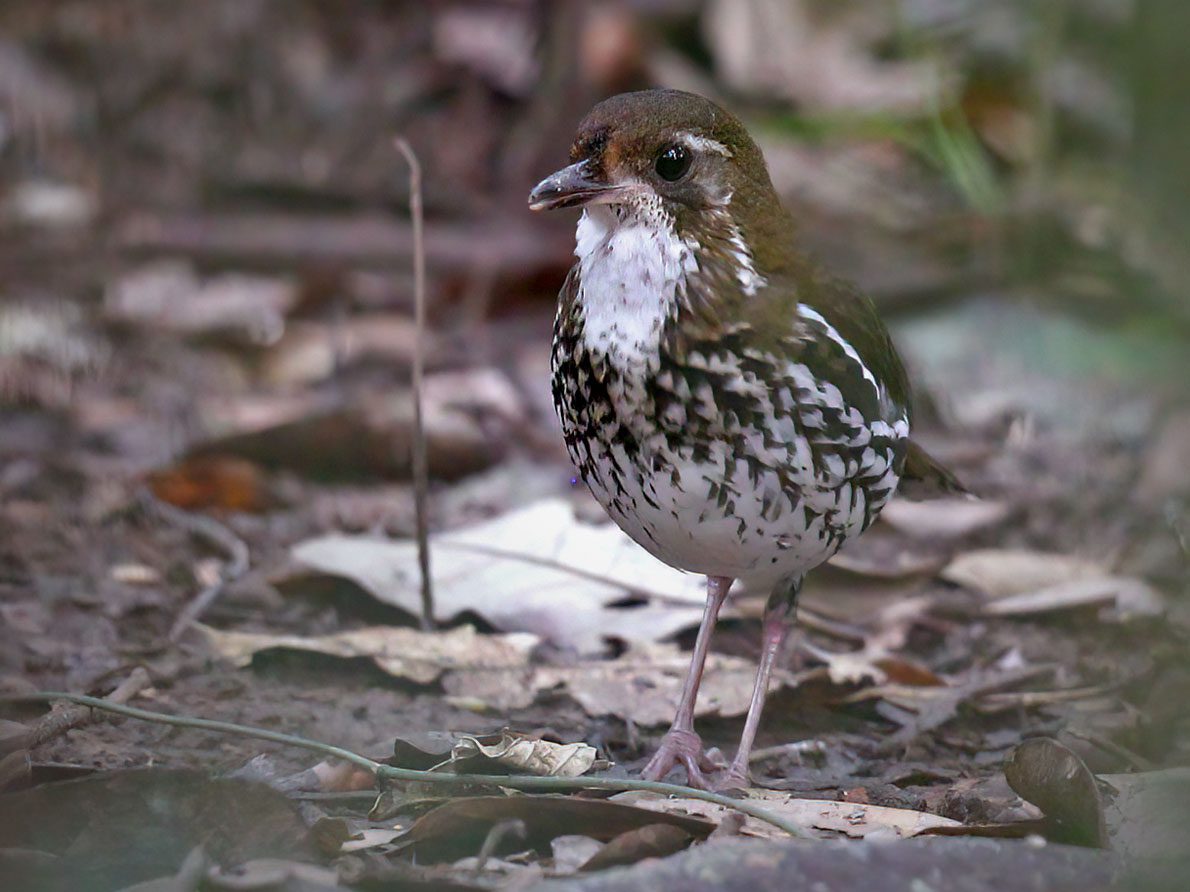

Various media consideration has been paid to the staggering chook losses in North America—set off by evaluation printed inside the journal Science in 2019 that documented a 29% complete decline in breeding chook populations inside the U.S. and Canada. Nevertheless in South America, there are moreover troubling tendencies quietly brewing for birds inside the rainforest. A set of long-term chook inhabitants surveys in and throughout the Amazon space—carried out at evaluation web sites in distant and intact rainforest, the kinds of areas that should be proof towards inhabitants declines—are exhibiting even steeper losses than the declines reported for forest birds in North America.
“The issue that is troubling,” says Kelly Swing, founding father of the Tiputini Biodiversity Station in Ecuador, “is that Tiputini is in a distant spot. It’s not like we have an unimaginable amount of deforestation or plenty of pesticides. We’re in the midst of nowhere.”
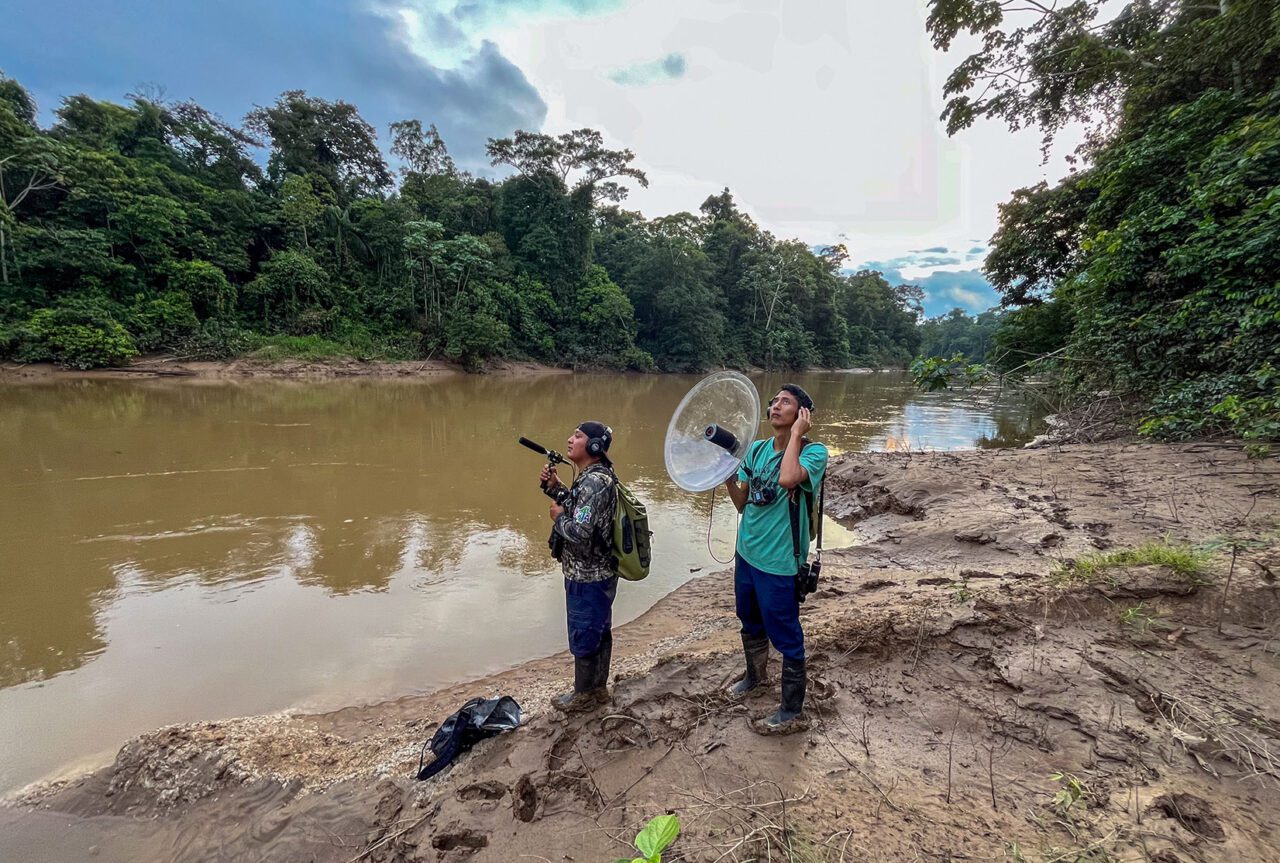

One in all many Most Biodiverse Places on Earth
In northeastern Ecuador, nestled deep inside the Amazon, lies one of many biodiverse areas on Earth. Yasuní Nationwide Park is dwelling to the Waorani people and a minimal of two Indigenous tribes residing in voluntary isolation, along with 1000’s of wildlife species. Plant surveys proper right here have found 655 species of bushes, shrubs, and vines in solely a single hectare—practically as many as there are tree species in the entire continental U.S. A analysis printed inside the journal PlosOne in 2010 found that the native number of amphibians, birds, mammals, and vegetation is larger in Yasuní than anyplace else on Earth.
Contained in the park, alongside the Tiputini River, sits Tiputini Biodiversity Station, primarily based in 1995 by the Universidad San Francisco de Quito in Ecuador, in collaboration with Boston Faculty. Blake and Loiselle first arrived at Tiputini in 2001 as professors from the Faculty of Missouri, St. Louis, looking out for a spot to rearrange a long-term evaluation web site and monitor populations of tropical birds. As shortly as they arrived on the station, they knew Tiputini was the place.
“To be dropped into this Amazon web site with tens of kilometers of forest all through you, it was really an attractive various,” says Loiselle.
The pair returned to their analysis web sites on the Tiputini Biodiversity Station yr after yr. Nevertheless on this magical hyper-biodiverse place that feels worlds aside from the plight of deforestation and habitat loss afflicting completely different elements of the tropics, Blake and Loiselle found populations of tropical forest birds in steep decline—down virtually 50% since 2001. Using observational surveys and data logs from capturing and tagging birds using mist nets, Blake and Loiselle well-known quite a lot of fully completely different groups of birds have been in problem.
“Not lower than 90% of the species that we had adequate data to take a look at are declining, and just a few species have confirmed will improve,” says Loiselle. Among the many hardest hit have been the insectivores, species that forage for bugs on the underside and inside the cowl. Terrestrial insectivores akin to White-breasted Wood-Wren, Black-faced Antbird, and Spot-backed Antbird declined sharply, as did species akin to White-plumed Antbird and White-cheeked Antbird that gobble up bugs fleeing navy ants on the forest flooring.
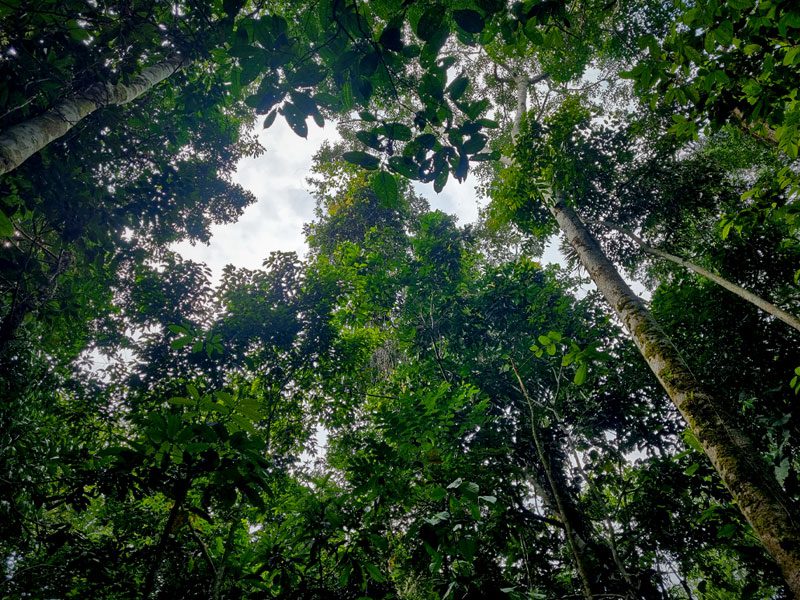

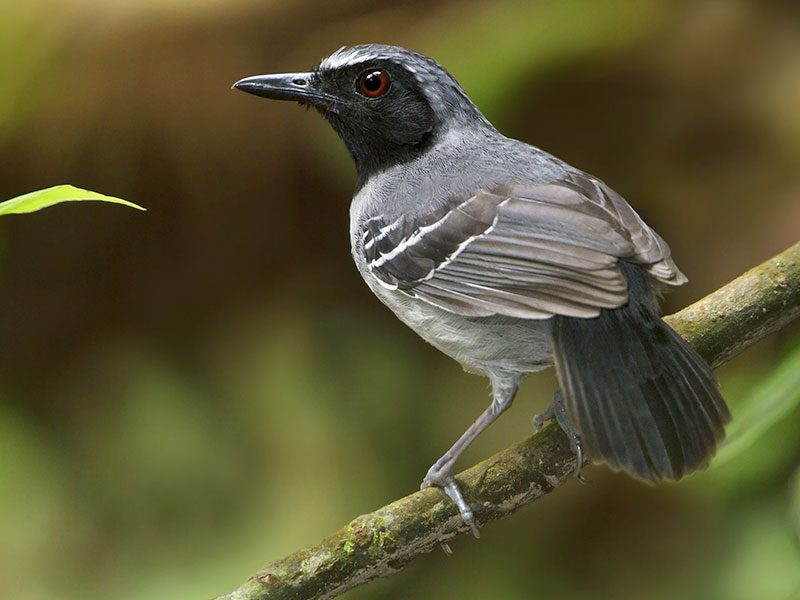

“As an Amazonian, it’s really relating to what is happening to the birds and all of Mother Nature,” wrote Geovanny Rivadeneyra, a naturalist and data from the Indigenous Kichwa community of Añangu alongside the Napo River, in an piece of email. “We haven’t heard the songs of quite a lot of terrestrial insectivores akin to Scaled Antpitta, Striated Antthrush, and Rufous-capped Antthrush for the ultimate 15 years. In all of my travels all by way of the Amazon, species akin to White-lored Antpitta and Thrush-like Antpitta have been decreasing to the aim that they don’t seem to be being heard.”
“It’s not merely the insectivores which have declined,” offers Blake. “Completely different groups have declined as successfully.” Fruit-eaters, akin to toucans and aracaris, and omnivores (birds that eat bugs and fruits) moreover confirmed common declines.
In June 2024, a summary of Blake’s and Loiselle’s 23 years of study at Tiputini was printed inside the journal Worldwide Ecology and Conservation, beneath the troubling title “Sharp declines in commentary and seize prices of Amazon birds in absence of human disturbance.” Perhaps rather more alarming, Tiputini is not going to be distinctive—associated chook declines are being reported in several protected forests of the tropics.
In Panama, a crew of scientists from 4 universities in america and Canada analyzed data from a 44-year analysis of mist-net chook surveys in an area that has been protected as part of Soberanía Nationwide Park since 1980. Their analysis, printed inside the journal Proceedings of the Nationwide Academy of Sciences in 2022, reported widespread declines of birds with fully completely different foraging strategies all through 54,000 acres of comparatively intact tropical forest alongside the Panama Canal. Species that forage inside the midstory, such as a result of the Olive-streaked Flycatcher, or on the underside, such as a result of the Wing-banded Antbird, have been among the many many biggest decliners. Altogether, the authors well-known 35 chook species displaying declines of higher than 50% from 1977 to 2020.
Scientists in Brazil are moreover reporting worrisome declines amongst forest birds. Working in a 37,000-acre protected area (regarding the dimension of Bryce Canyon Nationwide Park), a crew of scientists from Brazil, Colombia, and america used mist nets to resurvey chook populations at analysis web sites which have been beforehand surveyed inside the Eighties. Their resurveys from 2008 to 2016 found declines amongst 21 species, notably birds that forage for bugs near the underside. Based mostly on their evaluation, printed inside the journal Ecology Letters in 2020, the chook communities in comparatively undisturbed rainforests of the Brazilian Amazon now have species compositions trending in the direction of these in disturbed forests.
“Species that started declining in abundance, just a few of them upwards of higher than 50%, have been the similar species that may disappear from forest fragments on account of edge outcomes,” says Jared Wolfe, an ornithologist at Michigan Tech who labored on the analysis. When forests are fragmented, explains Wolfe, daylight and wind infiltrate the forest, altering the forest microclimates and ultimately affecting insect populations and the pliability of birds to hunt out applicable climates. Wolfe thinks that these edge outcomes impacted forest chook species akin to Rufous-bellied Antwren, Black-tailed Leaftosser, and Musician Wren—all species now scarcely detected or loads rarer at these Amazon rainforest web sites.
“Everytime you discuss declines, we on a regular basis seek for the accountable event, and sometimes the accountable event is pretty simple to determine,” says Kelly Swing of the Tiputini Biodiversity Station. Nevertheless inside the case of these puzzling chook declines in areas skilledtected from deforestation and habitat loss, “it’s not likely straightforward to degree fingers,” he says.
Indicators of Chook Declines at Distant Science Stations All through Central and South America
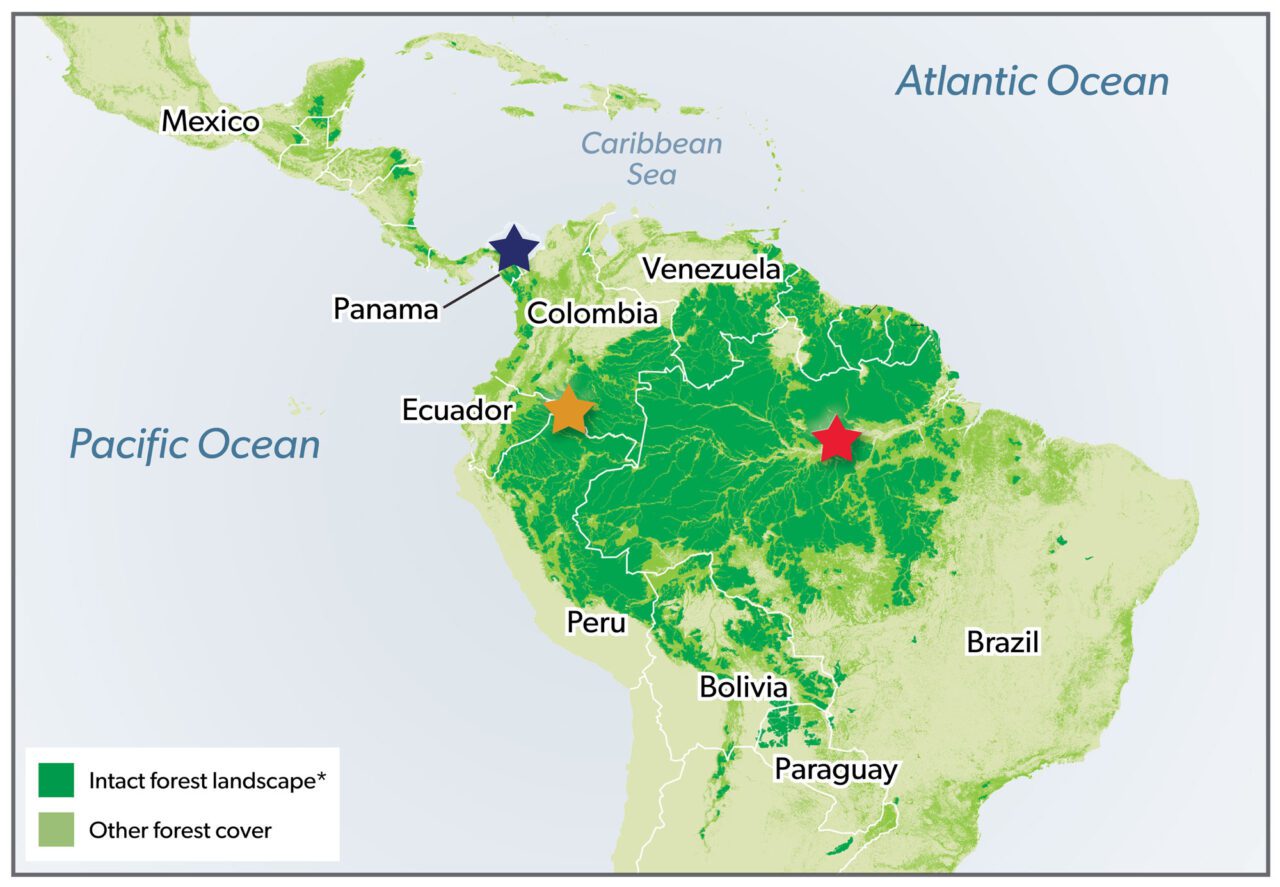

Map of Central and South America displaying areas of forest cowl. Vivid inexperienced signifies intact forest landscapes*; lighter inexperienced signifies completely different sorts of forest cowl. Map provide: based totally on Hansen/UMD/Google/USGS/NASA, 2013.
*Outlined as an unbroken expanse of pure ecosystems all through the zone of current forest extent, displaying no indicators of significant human train and big adequate that all native biodiversity might probably be maintained
Stark Declines in Insect Numbers
For clues as to what’s maybe occurring with tropical forest birds, some scientists are having a look at bugs. Nevertheless data on tropical bugs are laborious to return by, numerous what’s acknowledged about insect populations comes from commentary.
Throughout the early 2000s, Swing started taking note of the bugs keen on lights near the Tiputini evaluation station in Ecuador.
“Early alongside it was simple to get representatives of a minimal of 10 genera of bugs and sometimes twice that number of species. Nevertheless now … while you see two genera, that’s pretty good,” Swing says. “Bugs that was as soon as unusual are literally nonexistent, and the bugs that was as soon as widespread are literally pretty unusual.”
Observations of insect numbers in a tropical forest in Costa Rica mirror Swing’s experience. Daniel Janzen and Winnie Hallwachs, tropical ecologists on the Faculty of Pennsylvania, documented large declines in bugs in a 2020 analysis printed inside the journal Proceedings of the Nationwide Academy of Sciences. Janzen and Hallwachs monitored the insect population and photographed bugs coming to delicate traps in Costa Rica starting in 1984. The analysis encompasses a image from 1984 that reveals quite a lot of thousand bugs, totally filling the physique. Nevertheless by 2019 on the similar date and within the similar location, just some hundred bugs dotted the image.
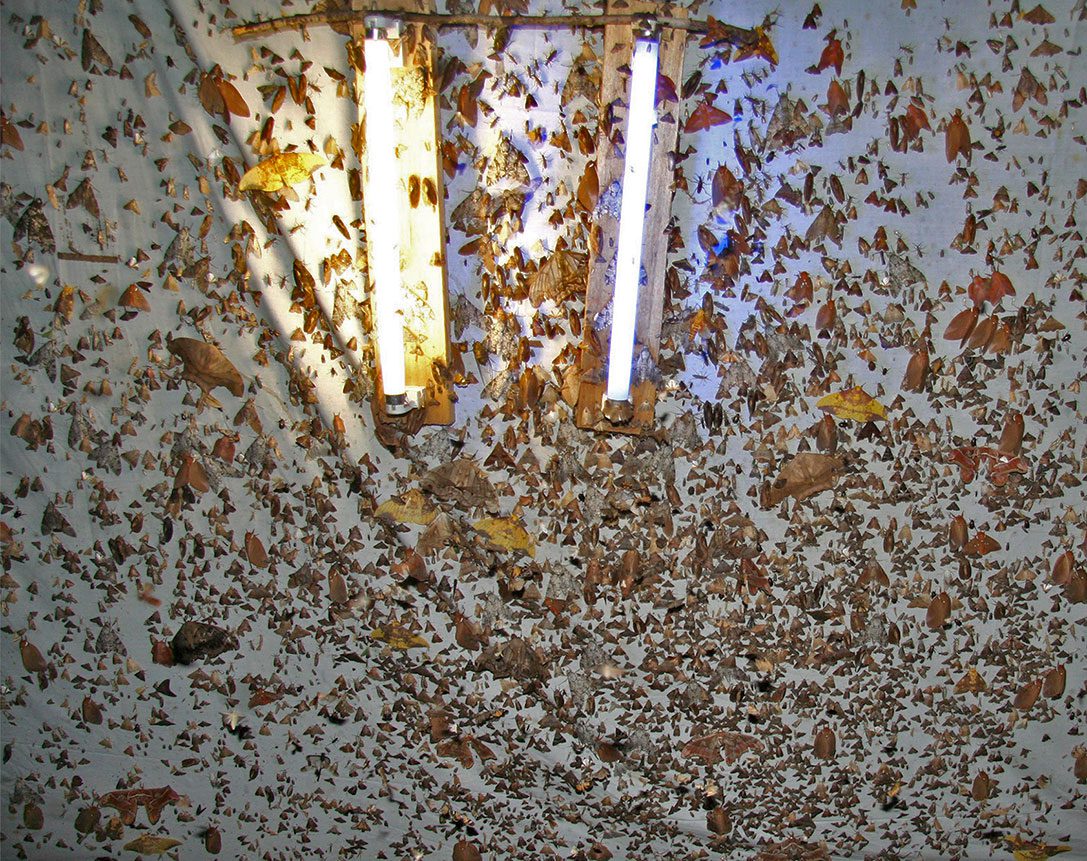

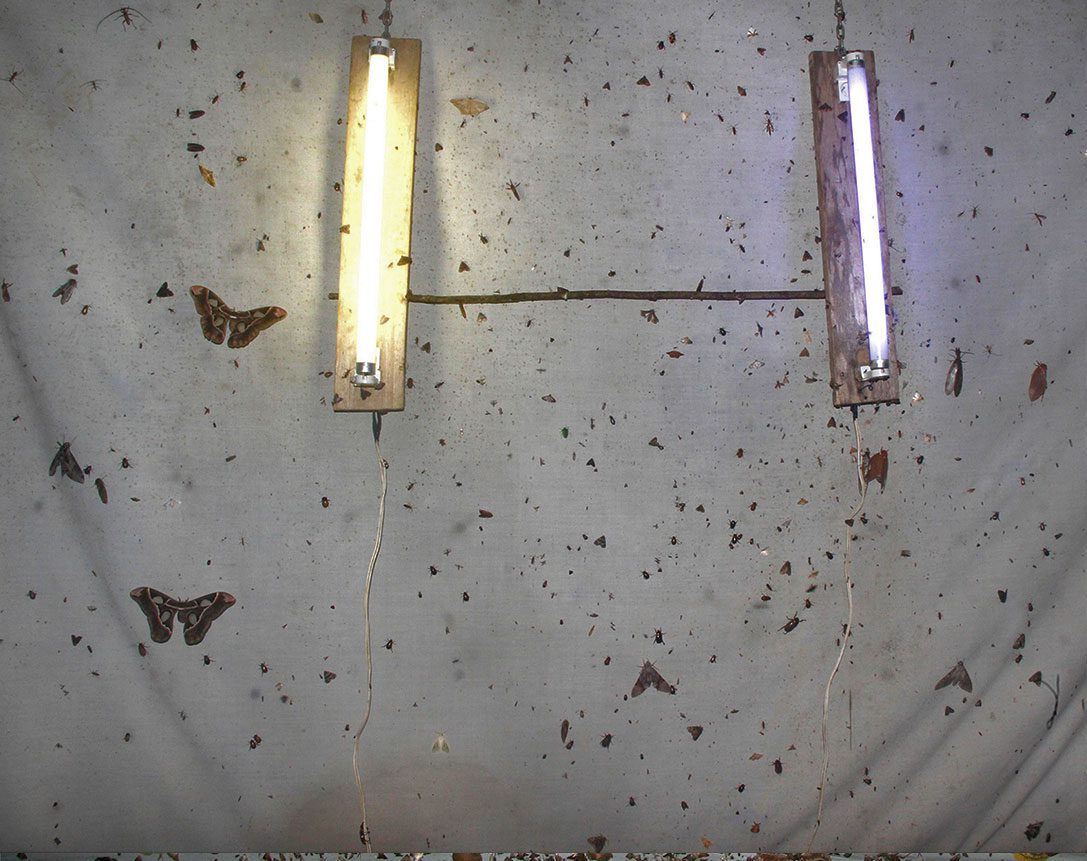

Insect declines might probably be a component inside the drop-offs amongst insectivorous tropical forest birds, nevertheless as Blake elements out, “the reality that frugivores and omnivores have moreover declined, it signifies that there’s one factor else occurring.”
“Whether or not or not it’s fully completely different impacts of climate change, or whether or not or not the birds acquired hit notably laborious with the La Niña event and simply don’t have the reproductive functionality to increase shortly, we don’t really know,” he says.
One issue is obvious, notably to the oldsters residing inside the space: “The native climate is definitely altering,” says Rivadeneyra. “Within the summertime there could also be plenty of rain, inflicting the rivers to flood, and inside the moist season there could also be an extreme quantity of photo voltaic—many vegetation dry out and the soil cracks.”
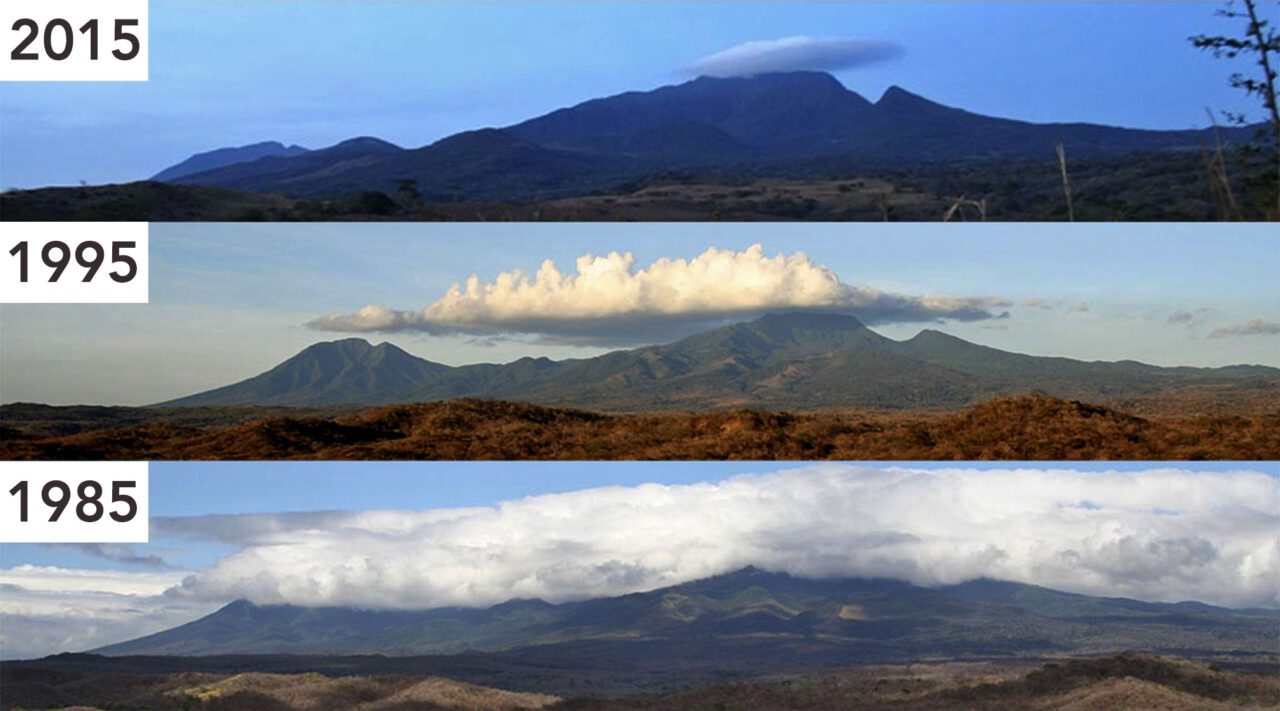

Once more in Brazil, Michigan Tech ornithologist Jared Wolfe and colleagues have documented temperature and precipitation changes at their analysis web sites inside the Amazon. Their evaluation, printed inside the journal Science Advances in 2021, confirmed that temperature had elevated by 1° Celsius and precipitation elevated by 13% in moist seasons since 1966, whereas all through the dry season temperatures had elevated 1.65° Celsius with a 15% decrease in precipitation.
Whereas which will appear like a small change, “Amazonian forests have had comparatively safe native climate for many of 1000’s, if not 1000’s and 1000’s of years,” says Wolfe. “So these birds over time have develop to be very regionally tailor-made to their environment and which will make them a lot much less resilient to these quick changes in native climate. And that’s maybe certainly one of many reason why we see such sensitivity in some areas, similar to the central Amazon and the Tiputini web site.”
Modifications in rainfall could also be affecting forests in Ecuador. Blake and Loiselle well-known quite a lot of excessive La Niña events that launched further rain than normal to the realm from 2008 to 2013.
“With excessive La Niña events, there’s tons and loads of rain and which will considerably have an effect on the foraging functionality of birds, particularly insectivores,” says Blake. The declines in chook populations Blake and Loiselle reported coincide with will improve in La Niña events in Ecuador, suggesting a possible perpetrator.
Based mostly on Flavio Lehner, an area climate scientist at Cornell Faculty, La Niña and El Niño events set off a change inside the sea flooring temperatures inside the Pacific Ocean near the equator. El Niños finish in hotter oceans and La Niñas in colder ocean flooring temperatures.
“As a consequence of that, it form of disrupts the local weather world extensive,” says Lehner. Some areas get hold of further rain whereas others get hold of a lot much less. Nevertheless present a few years have seen an inclination within the route of additional La Niña events with some persistent changes in rainfall patterns. Whether or not or not native climate change is answerable for that shift within the route of additional La Niñas and whether or not or not it ought to proceed, “we frankly don’t know however,” Lehner says. “It’s really certainly one of many biggest current scorching topics amongst climate-change scientists.”


Listening for Options
Whereas scientists may need fully completely different ideas regarding the parts in Neotropical forest chook declines, there’s uniform settlement on what’s needed to get on the foundation causes—further data.
“We might wish to have the power to scale data assortment and perception it,” says Glenn Seeholzer, an ornithologist who has been discovering out birds inside the Amazon for the earlier twenty years. He says audio surveys of chook calls and songs current a complementary methodology for monitoring populations, along with mist-netting and visual counts. “Throughout the Amazon you probably can detect spherical 90% of what’s there just by closing your eyes. There’s no place on this planet I imagine is more healthy suited to bioacoustic monitoring than the Amazon.”
Instantly Seeholzer is curator of the Cornell Lab of Ornithology’s Macaulay Library, which houses the world’s biggest assortment of chook audio recordings. Simply these days Seeholzer joined up with a coworker, Macaulay Library archivist and sound recordist Jay McGowan, and Juan Francisco Herrera Cueva, a researcher at Universidad San Francisco de Quito, to find the probabilities of creating avian monitoring devices for the Amazon centered on sound.
Monitoring chook populations using sound is an efficient approach to collect plenty of data over large areas, and that sort of data is sorely needed, says Seeholzer. The 1st step, he says, is establishing “a reference sound archive for Amazonian birds which will allow us to teach Merlin Chook ID to determine the birds.”
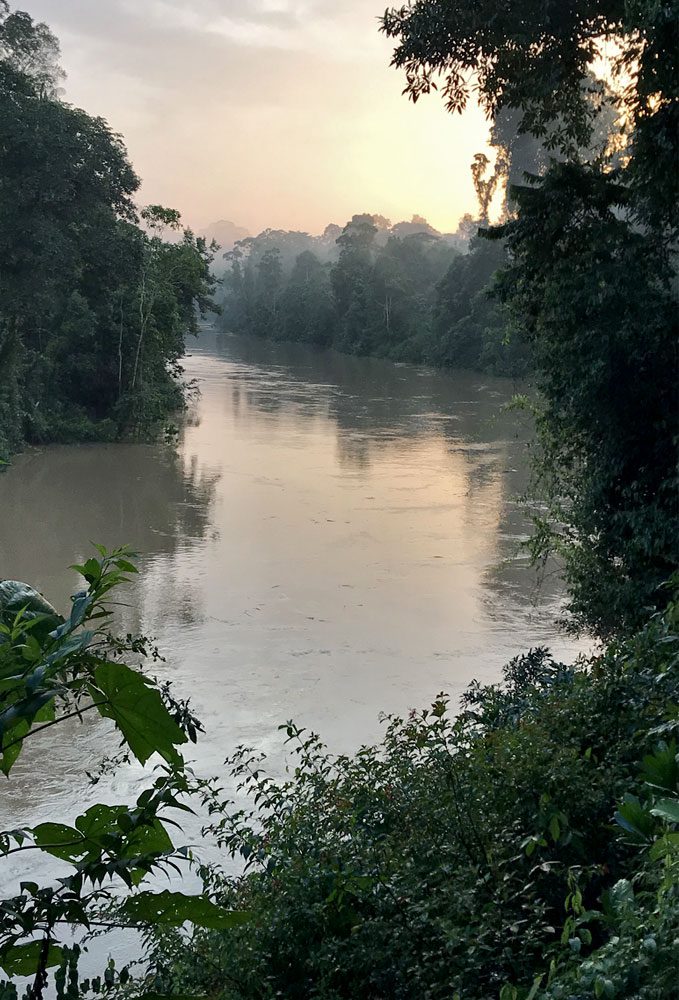

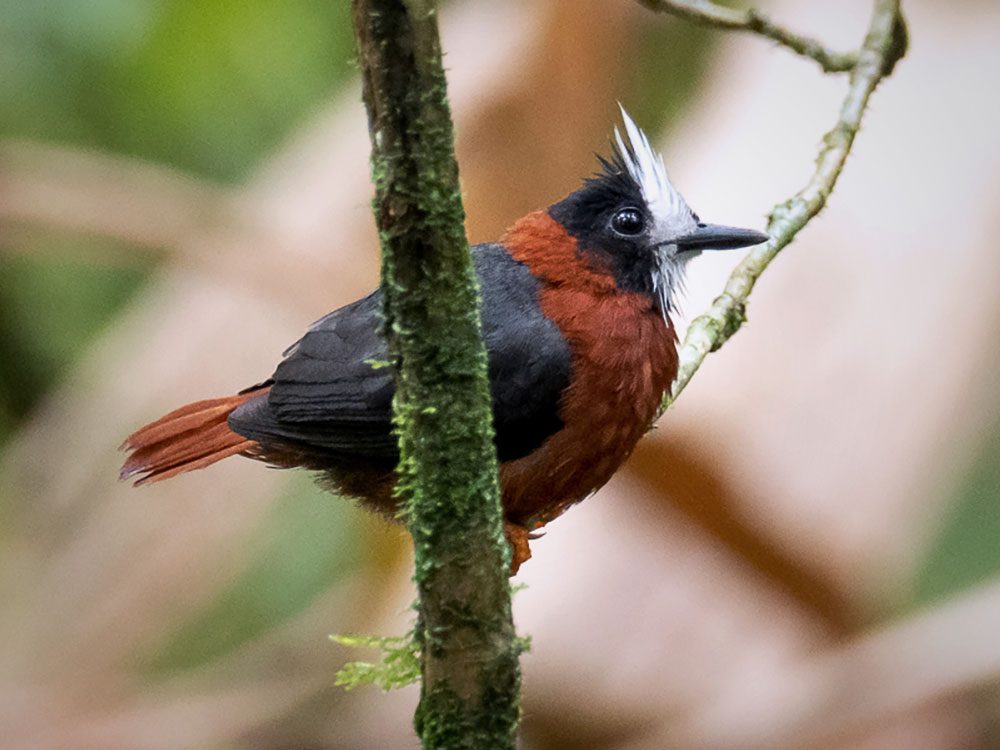

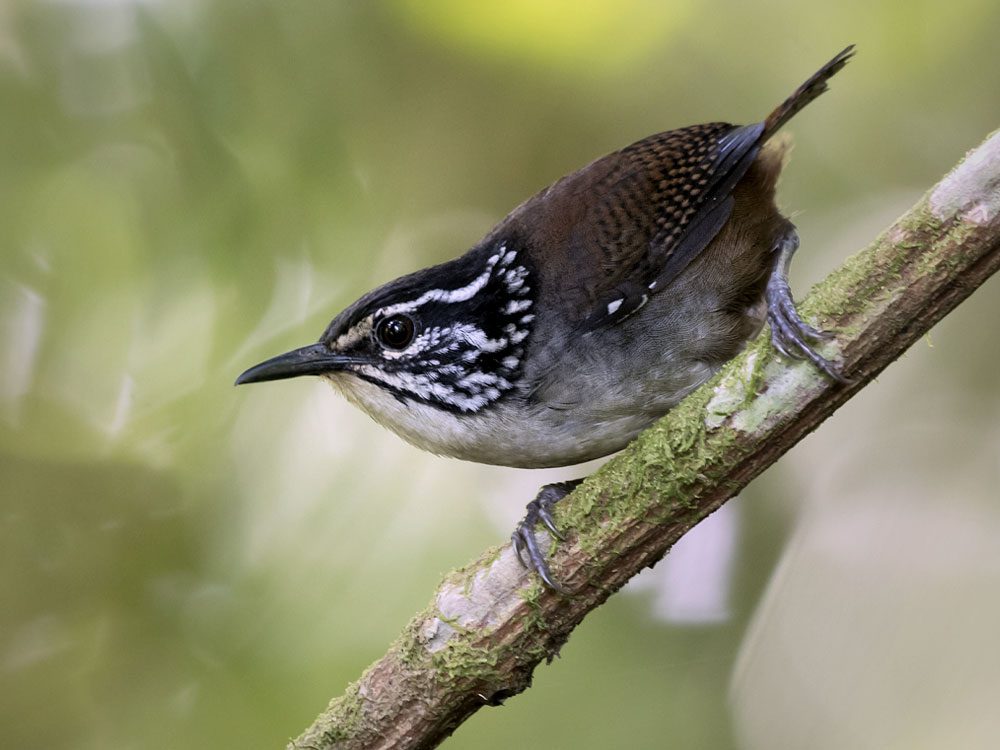

Merlin Chook ID is the free smartphone app from the Cornell Lab which will set up birds from a brief audio recording. Nevertheless sooner than Merlin’s AI algorithms can set up chook sounds, the app desires a reference database of a minimal of 100 recordings per chook species—representing the entire vocal repertoire of each species.
Presently the Macaulay Library holds spherical 38,000 recordings from Amazonian birds, which means spherical 110,000 further sound recordings are needed sooner than Merlin could be utilized to determine all 1,500 chook species inside the Amazon.
To assemble the Amazonian chook sound assortment, the Macaulay Library and Universidad San Francisco de Quito carried out a weeklong sound-recording workshop for 12 Ecuadorian birders and ornithologists. On the end of the workretailer, members banded collectively to create the Ecuador Bioacoustics Membership, the first of its type inside the nation. Whereas this enterprise is in its infancy, Seeholzer hopes in coming years that the Cornell Lab can work with companions inside the Amazon to rearrange arrays of computerized audio recording fashions to doc and monitor avian number of the Amazon, establishing off the reference library inside the Macaulay Library.
“We might like this information to look at the chook populations of the Amazon at a scale which will persuade stakeholders and protectionmakers the least bit ranges to take movement the place needed and assess the have an effect on of those actions,” says Seeholzer.
Whereas it’s simple to get depressed about all the knowledge on Neotropical forest chook declines, many ornithologists say they haven’t any intention of giving up.
“I don’t want to put in writing obituaries for these birds,” says Wolfe, the Michigan Tech researcher inside the Brazilian Amazon. “I must understand the mechanisms to aim to increased understand what parts of the forest symbolize native climate refugia for birds, and prioritize these for canopy.”
To that end, Wolfe says he is working with colleagues all by way of the tropics at long-term evaluation web sites: “We’re inside the technique of harmonizing the knowledge models, bringing inside the latest, greatest remotely sensed fashions and estimates of native climate to basically start understanding how native climate is affecting tropical birds at scale all through quite a lot of web sites.”
And Wolfe says he is optimistic that getting the phrase out about tropical chook declines and rising collaboration amongst governments, scientists, and most people will spur broader choices: “The reality that birds are responding so negatively to slight changes in native climate should be really alarming for biodiversity security globally.”
Based mostly on Lehner, the Cornell native climate scientist, there’s nonetheless time to behave. Among the many worst-case native climate eventualities don’t seem to be coming to fruition, he says. Nevertheless “on the same time the super-optimistic eventualities the place we resolve all of the items by 2050 have develop to be a lot much less seemingly on account of we’re clearly not shifting fast adequate.”
“Our chance of decreasing warming ultimately depends upon very loads on what folks do,” says Lehner.
